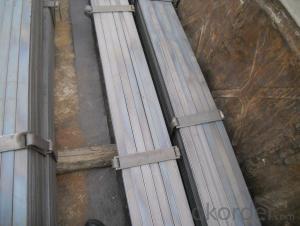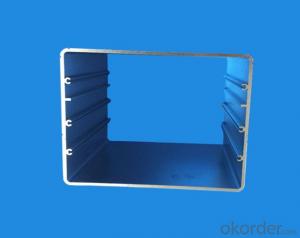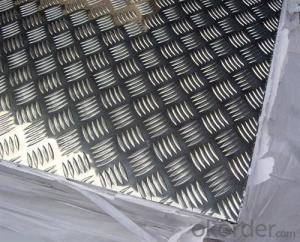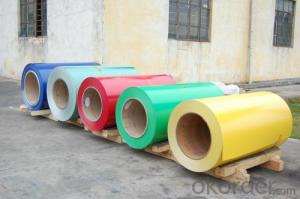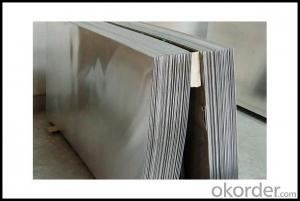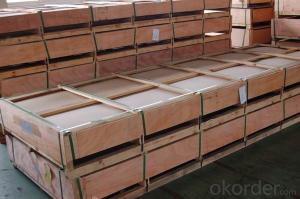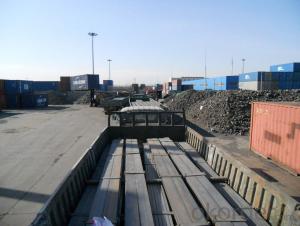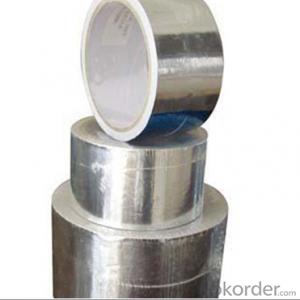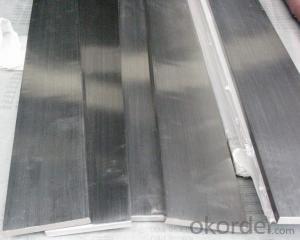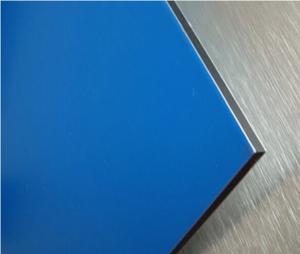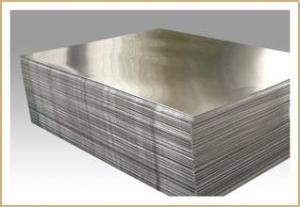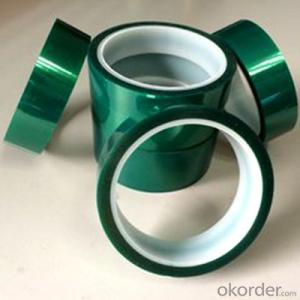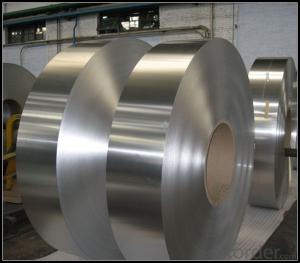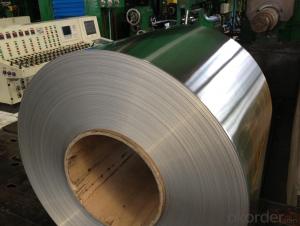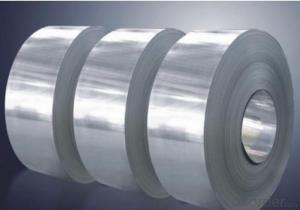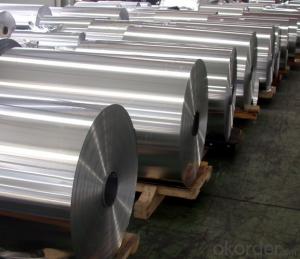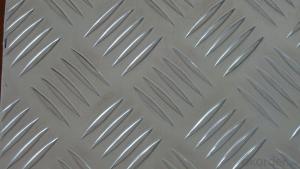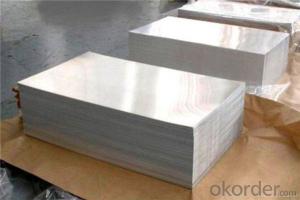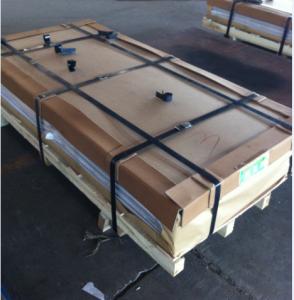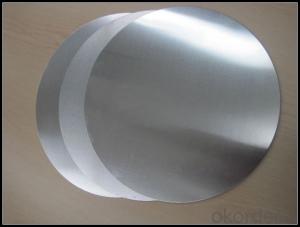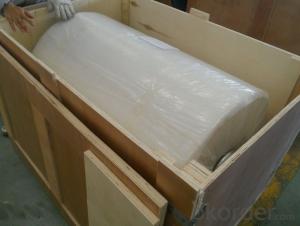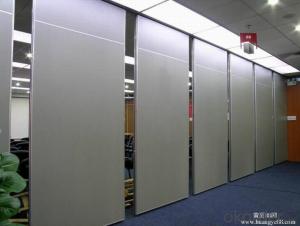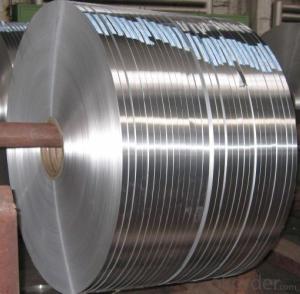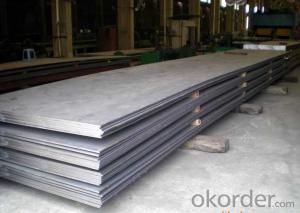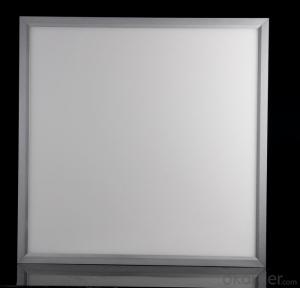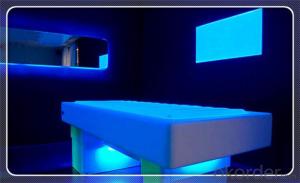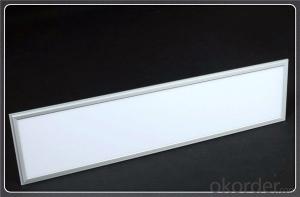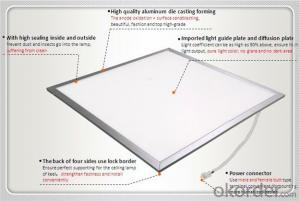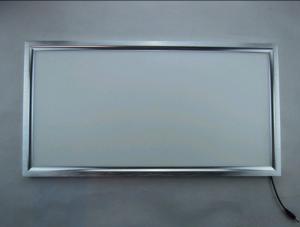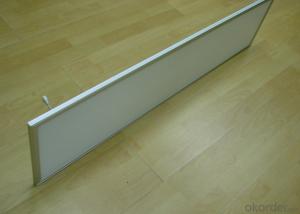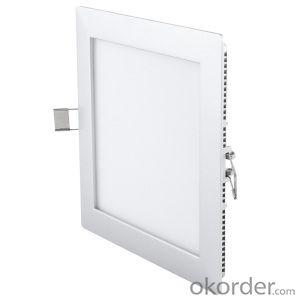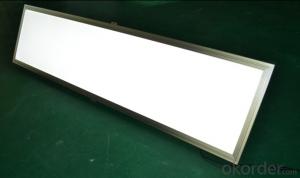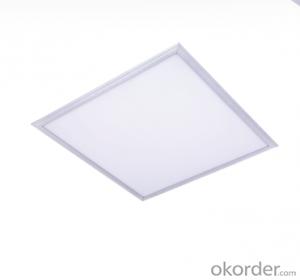1/4 In Aluminum Plate
1/4 In Aluminum Plate Related Searches
1/4 Aluminum Plate 1/4 Inch Aluminum Plate 1/4in Aluminum Plate Aluminum 1/4 Plate 1/4 Plate Aluminum Aluminum Plate 1/4 1/2 In Aluminum Plate 1/4 Thick Aluminum Plate 1/4 Inch Thick Aluminum Plate 3/4 Aluminum Plate 1/8 In Aluminum Plate 1 4 In Aluminum Plate Aluminum Plate 1/4 Thick 3/4 Inch Aluminum Plate 1/4 In Stainless Steel Plate Aluminum Plate 1/4 Inch Thick 1/4 Aluminum Plate For Sale 1/4 Inch Aluminum Plate Near Me 1/4 Diamond Plate Aluminum 1/4 Inch Aluminum Diamond Plate 1/4 Aluminum Diamond Plate Bending 1/4 Aluminum Plate 3/4 Thick Aluminum Plate 1/4 Inch Diamond Plate Aluminum 1/4 Aluminum Plate Near Me 3/4 Inch Thick Aluminum Plate 1 4 Inch Aluminum Plate 1 4 Aluminum Plate 1/2 Aluminum Plate 1/2 Inch Aluminum Plate1/4 In Aluminum Plate Supplier & Manufacturer from China
1/4 In Aluminum Plate is a versatile product known for its strength, durability, and corrosion resistance. It is widely used in various industries such as construction, automotive, aerospace, and manufacturing due to its lightweight and high-strength properties. This product is available in different thicknesses and sizes, making it suitable for a wide range of applications.The 1/4 In Aluminum Plate is commonly used in applications where lightweight and strong materials are required. It is ideal for constructing frames, brackets, and other structural components in various projects. Additionally, it is utilized in the manufacturing of automotive parts, such as heat sinks and engine components, due to its heat dissipation capabilities. In the aerospace industry, this aluminum plate is employed for creating lightweight and durable aircraft parts, enhancing fuel efficiency and performance.
Okorder.com is a leading wholesale supplier of 1/4 In Aluminum Plate, offering a vast inventory to cater to the diverse needs of clients across different industries. As a reliable source for this product, Okorder.com ensures that customers receive high-quality aluminum plates at competitive prices. With their extensive stock and commitment to customer satisfaction, Okorder.com stands out as a preferred choice for those seeking 1/4 In Aluminum Plate for their projects and applications.
Hot Products

